A dental implant abutment is a tiny connector which joins a dental implant to a dental crown or other type of repair. Its procedure involves preparation, attachment, restoration placement, and final adjustment.
Making use of dental implant abutments to support dental restorations has a number of benefits, including the fact that they offer a stable and sturdy foundation to dental restoration, are comprised of biocompatible materials, and enable a more natural-looking outcome.
However, there are disadvantages. The operation is more complicated and invasive compared to other techniques of supporting dental restorations, including traditional bridges. It is more expensive than alternatives because they need to be surgically implanted and require specialized materials. It occasionally needs more care or modification over time, which raises the overall cost of care.
What is Abutment?
The end of a bridge or other structure is supported or fastened by an abutment. A strong concrete block or masonry wall is often constructed at the end of a bridge or other structure to transfer loads from the structure to the ground and serve as a foundation for the superstructure. The process of constructing it typically involves making the design, excavating the site, preparing the foundation, constructing a formwork, placing the concrete, curing, and finishing. Tunnels, retaining walls, and other facilities are all supported by abutments. It is an essential component of the structural design and plays a crucial part in the safety and stability of bridges and other structures.
"Abutment" is derived from the Old French verb "abouter," which meant "to butt against." It has been used to refer to any building or object that abuts or comes into touch with another since the early 16th century in the English language.
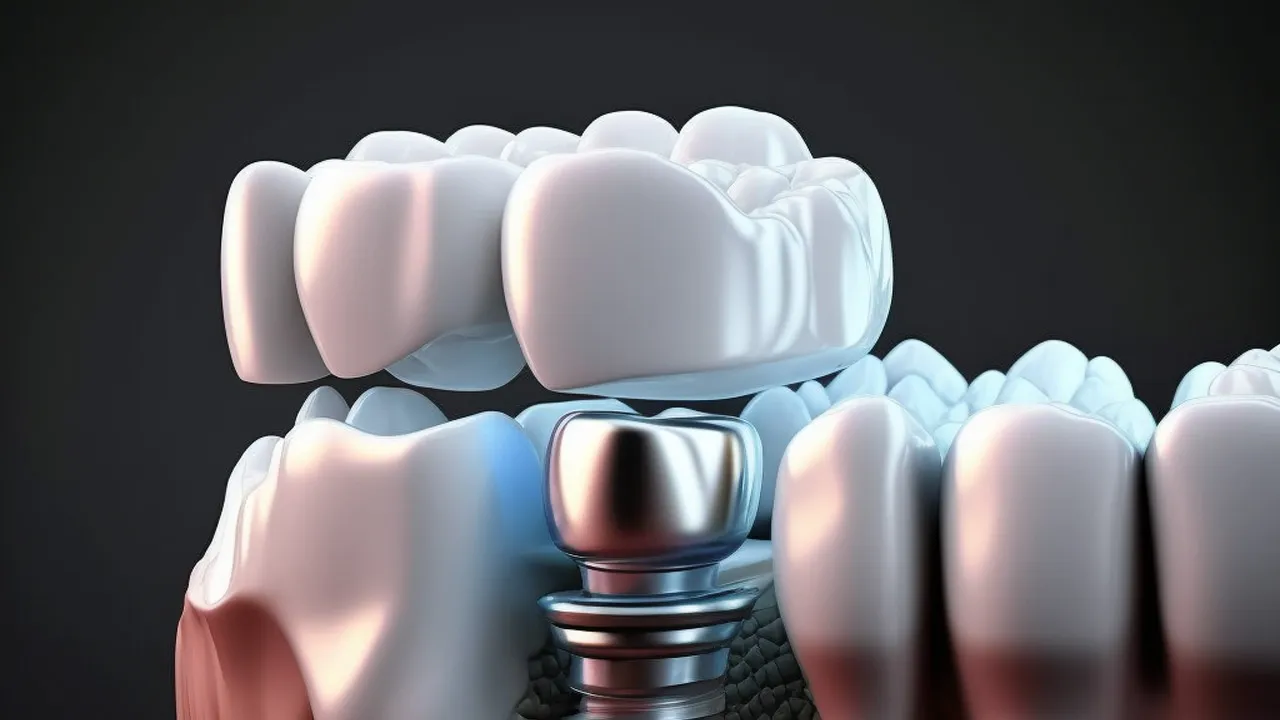 Bridges and other constructions have been supported by abutments for many years. Abutments were frequently constructed in the past out of locally accessible materials, such as stone. Abutments were built from a larger range of materials, such as timber, brick, and concrete, as civilizations advanced and construction methods improved.
Bridges and other constructions have been supported by abutments for many years. Abutments were frequently constructed in the past out of locally accessible materials, such as stone. Abutments were built from a larger range of materials, such as timber, brick, and concrete, as civilizations advanced and construction methods improved.
Concrete is a strong, long-lasting substance that survives the adverse conditions with which bridges and some other structures are exposed, hence its use as a building material for abutments increased in the 19th and 20th centuries. Abutments are currently composed of reinforced concrete and are built to survive the weights and forces placed upon them by the superstructure of a bridge or other construction.
How does Abutment work in Dental Implants?
An abutment is a tiny linking material which is used during dental implants to join the crown, the most visible area of tooth replacements, to the patient’s implant which is a tiny titanium screw inserted surgically into the jawbone.
The abutment is connected to the top of said implant after the implant has been inserted perfectly into the client’s jawbone and has already had time for recovery and combine with the bone, a process recognized as osseointegration. The crown which is designed specifically to mirror the looks of the neighboring teeth is supported by the abutment, which protrudes from the gum tissue.
The crown performs like a normal tooth, enabling patients to confidently chew, talk, and smile after being affixed to the abutment.
What is Abutment made of?
Titanium or titanium alloy is utilized in creating abutments for dental implants. These materials are proven as robust and long-lasting, and because they are really biocompatible materials, the immune system of the body does not reject them. Dental implant and abutment that are made with titanium have a long history of success and have been the subject of extensive study.
An abutment is occasionally constructed of zirconia, a durable and visually beautiful ceramic substance. Zirconia abutments are less common and more expensive compared to titanium abutments, but they are a choice for people who are allergic to metal or who prefer a restoration that looks more natural.
Abutment of all kinds typically contains trace amounts of chemicals as part of their formulation or treatment, but the precise compounds utilized and their concentrations differ in specific application and the substances used.
What is the use of an Abutment?
Abutments are created for many purposes and are utilized in a range of applications. Abutments are often utilized in the building and engineering industries to hold bridges and other facilities.
On the other hand, dental implant abutments are created especially to be utilized with dental implants. An abutment's primary function in dental implants would be to secure the implant's crown. The crown is supported by the abutment, which aids in holding it in position.
Additionally, the abutment aids in transferring biting forces from the crown to the implant and ultimately to the jawbone. It makes it more likely that the implant-supported tooth operates normally and be able to endure the forces of biting and chewing.
Ultimately, dental implants using abutments enable patients to replace lost teeth with a safe, useful repair that feels and looks natural.
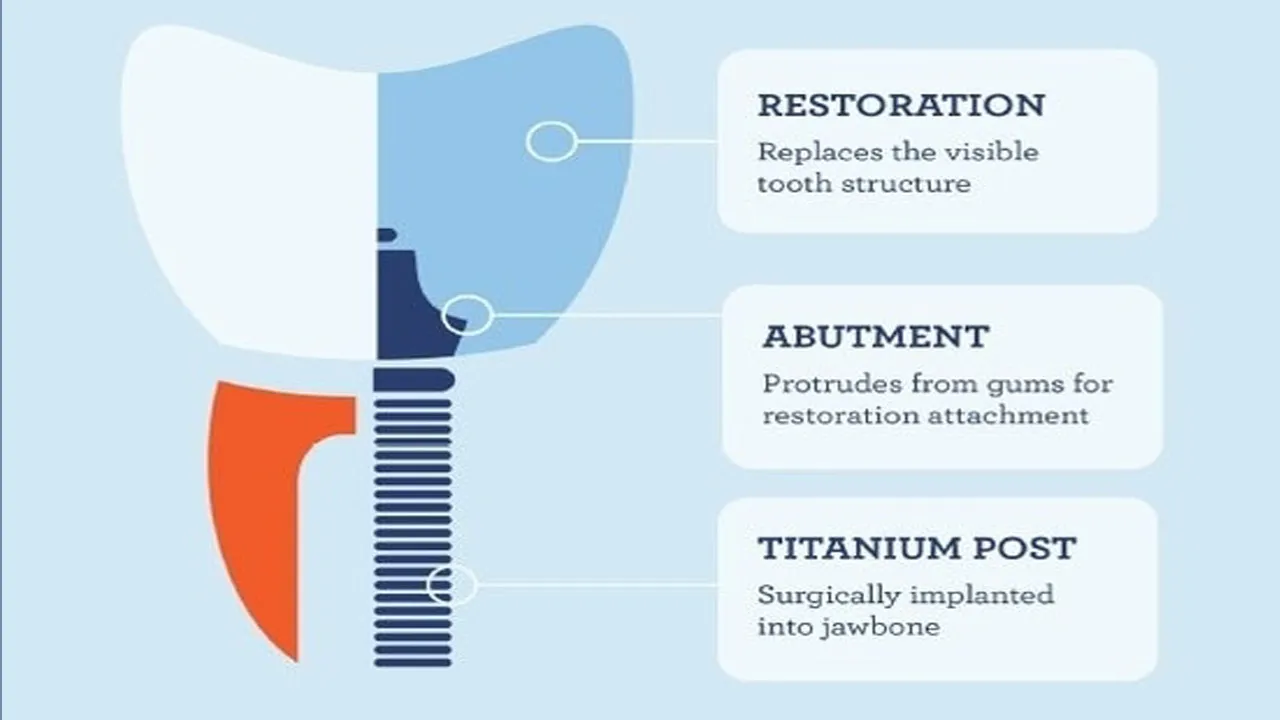
Who uses Abutment?
Abutment is utilized in the field of dentistry, particularly in insertion of dental implants. Dentists or oral surgeons frequently utilize dental implants as treatment to replace lost teeth in order to help the patients improve function and aesthetics of their mouths.
Dentists or oral surgeons first insert the implant, a little titanium screw, into the jawbone if the patient is a candidate for dental implants and has at least one missing tooth. The abutment is placed to the top of the implant when the implant has already had time to recover and fuse with the bone. The crown, which is designed specifically to match the shape of the neighboring teeth, is supported by the abutment, which protrudes from the gum tissue.
The dental implant performs like a normal tooth once the crown is fastened into the abutment, enabling the patient to chew, converse, and smile with ease.
What are the Types of Abutment?
Abutment of various kinds are being operated throughout the surgery of dental implant. The most common abutments are written below:
- Pre-fabricated Abutments: These prefabricated abutments come in various forms and sizes. They are typically used sometimes if customized abutments are never needed.
- Custom-made Abutments: The specific size, shape, and contour of a person’s mouth all play a role in how these abutments are built.
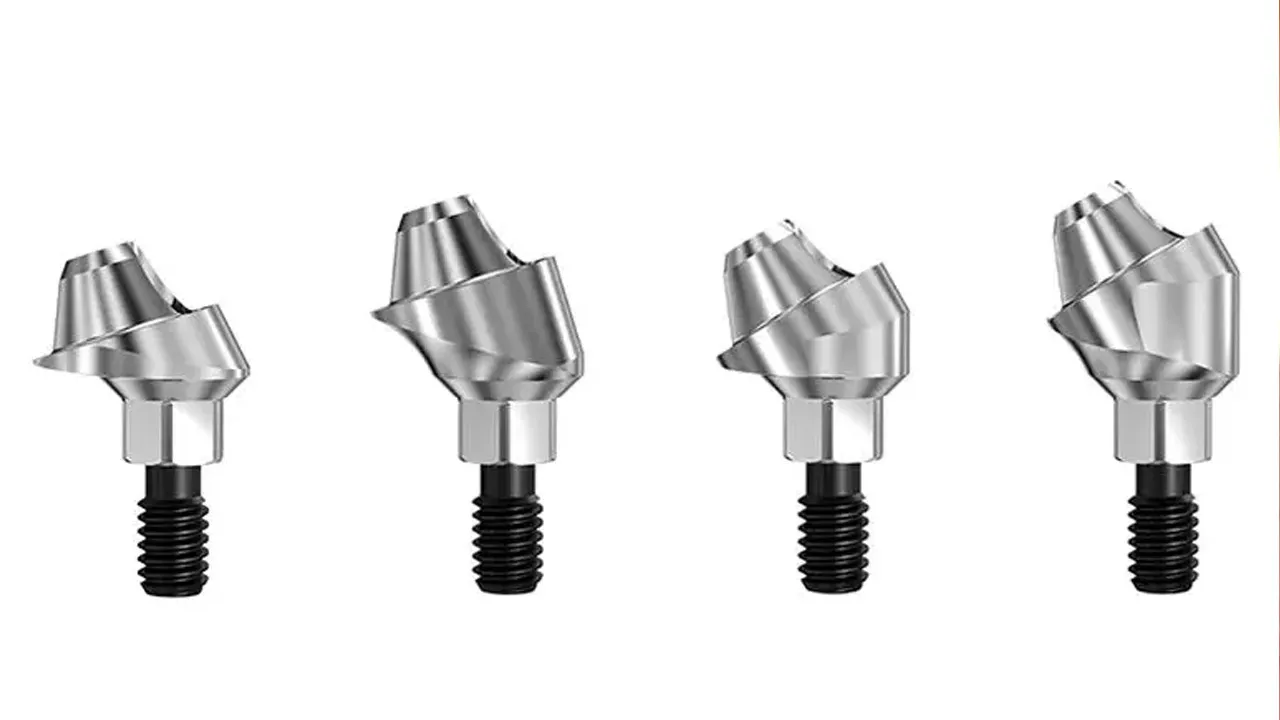
1. Prefabricated
Stock abutments, sometimes referred to as prefabricated abutment, are abutments that have been created and are prepared for use with dental implants. These abutments are made to fit a number of implant systems and are available in different sizes and shapes. They are usually applied when a custom abutment is not required. They are utilized when money is a concern because they are typically cheaper than custom abutments. They are likewise utilized when the implant is positioned at the back of the mouth, where aesthetics is less crucial. Additionally, it is a wise choice when time is limited because they are chosen and installed faster than custom abutments, which take more time to fabricate.
2. Custom made
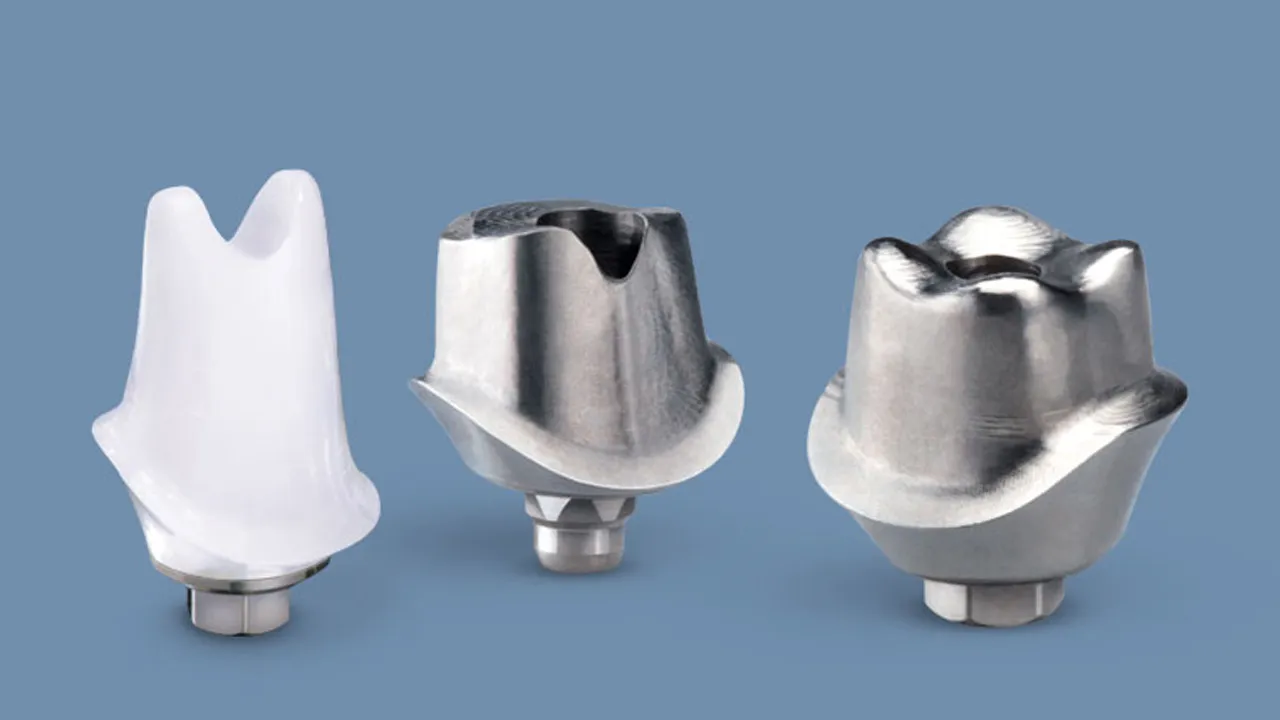 Custom abutments, often called custom made abutments, are specifically made for client’s mouth. It is frequently chosen when an implant is positioned at the front part of the individual’s mouth, where aesthetics is so important. Custom abutment is developed through making a mold of patient’s mouth, and formulating an implant’s model, abutment, and surrounding teeth. The custom abutment is made afterwards, utilizing the model to guarantee an exact fit and natural appearance.
Custom abutments, often called custom made abutments, are specifically made for client’s mouth. It is frequently chosen when an implant is positioned at the front part of the individual’s mouth, where aesthetics is so important. Custom abutment is developed through making a mold of patient’s mouth, and formulating an implant’s model, abutment, and surrounding teeth. The custom abutment is made afterwards, utilizing the model to guarantee an exact fit and natural appearance.
Which type of Abutment is the most used for Dental Implants?
Dental implant is supported by various kinds of abutments, which are chosen based on patient’s individual requirements and the implant’s positioning in one’s mouth. The emplacement of the implant, abutments material, and its price are some of the variables that affect the decision regarding the abutment.
That said, the very popular option for dental implants is frequently custom abutment, most especially for implants positioned in front of the mouth wherein aesthetics is really important. Custom abutments are produced from materials like titanium or zirconia to resemble the adjacent teeth and are customized to fit the mouth of a specific patient.
Another choice for dental implants is prefabricated abutments, sometimes referred to as stock abutments. These pre-made abutments are available in a range of sizes and shapes. They are utilized when money is a concern or when the implant is put in the rear of the mouth where aesthetics are less essential because they are often less expensive than custom abutments.
What is the Procedure for Attaching Abutment?
The site preparation where the abutment is to be installed is the first phase in the process. Usually, a topical anesthetic is used to numb the area before making a hole in the gums to access the implant. The abutment is attached to the implant or fixed in place using a special adhesive following the proper site preparation. The restoration, such as a crown or bridge, is then positioned on top of the abutment after the abutment has been connected to the implant. It entails obtaining an impression of the abutment and submitting it to a lab to have the restoration made. Alternatively, a prefabricated restoration is affixed to the abutment. The final stage is to modify the fitting and bite of the restorations to make sure it is functional and pleasant after it has been mounted on the abutment. It entails making minor adjustments to the repair or the abutment to make sure they are perfectly aligned.
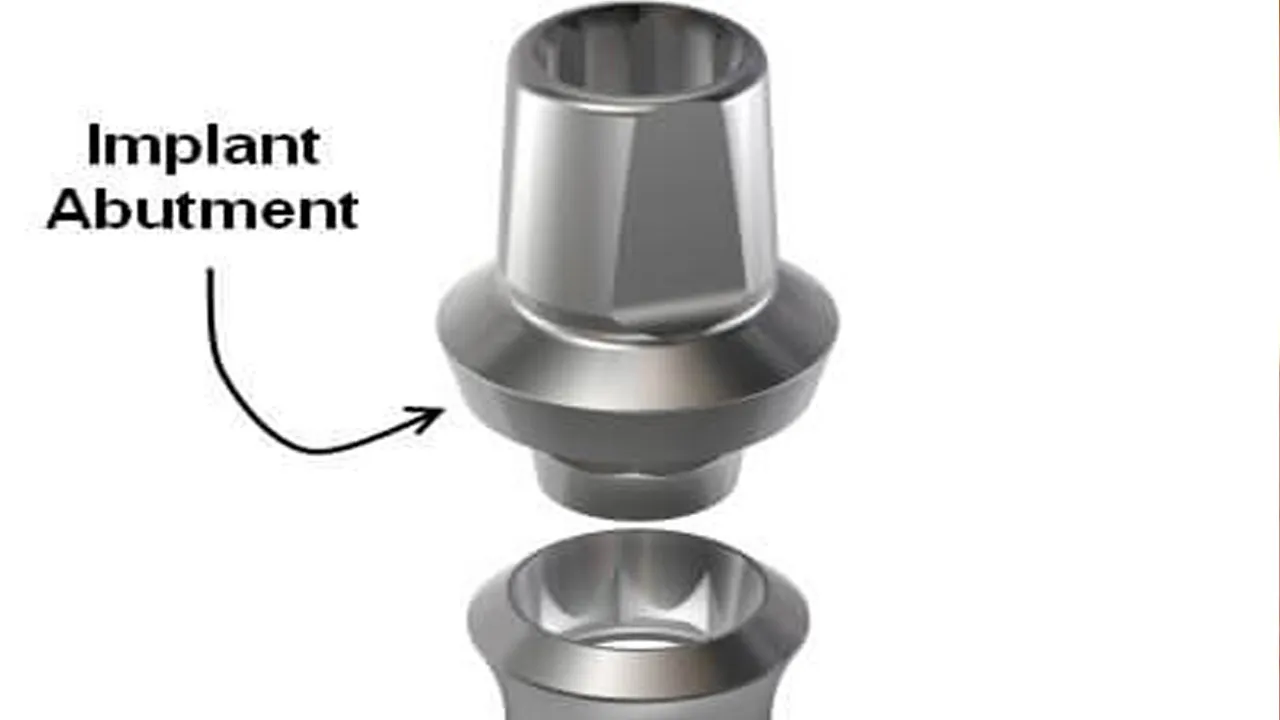
How Do Dental Abutments Get Placed?
The components of an individual’s tooth that are utilized to support dental restoration are called abutments. They serve to secure the restoration in place and are often found towards the ends of teeth, close to the gum line. The following steps are commonly included in putting a dental abutment.
The mouth of the patient is examined by the oral surgeon or dentist to determine whether they are suitable for dental implants. The condition of the patient's jawbone, the existence of gum disease, and their general health are all variables that affect whether they are a candidate for dental implants.
The dentist or oral surgeon inserts the implant, which is a tiny titanium screw, into the jawbone if the patient is a potential for dental implants. A local anesthetic is administered to the patient to numb the area before the implant is surgically inserted in the jawbone. The patient needs to wait for the implant to settle and integrate with the bone once it has been implanted. It normally takes a few weeks to a few months depending on each individual case.
The patient’s oral surgeon/dentist connects the abutment into one’s implant, once healing is finished completely. Sutures are utilized to properly seal the tissue of the gums all over the patient’s abutment, once it has been put for positioning.
The crown, which is a visible part of the replacement tooth, is being affixed into the abutment once the patient’s gum tissue had a time to recover from the implantation of abutment.
An impression of the implant, abutment, and neighboring teeth is carefully removed by the dentist when the gum tissue has healed. A personalized crown is made from the impression and fastened to abutment by using special cement or other bonding agent.
Dental implant perfectly performs like a normal tooth after the crown is installed, enabling the patient to consume, talk, and smile with comfort.
How long is the healing duration after a successful Abutment Dental Implant?
The recovery period following a successful abutment dental implant differs depending on the particular conditions of each individual. Most patients are totally recovered after 2 weeks. It feels fully healed and normal even though the implant site is slightly sore to the touch. It takes between 2 to 6 months for the implant to properly combine with the jawbone or for the gums to recover around the implant. The implant continues to heal in time. However, the process takes longer in some circumstances, particularly if there are any difficulties or the person has specific medical issues that interfere with recovery. It is crucial to adhere to the dentist's recommendations and show up at all follow-up appointments in order to make sure that the implant is healing great.
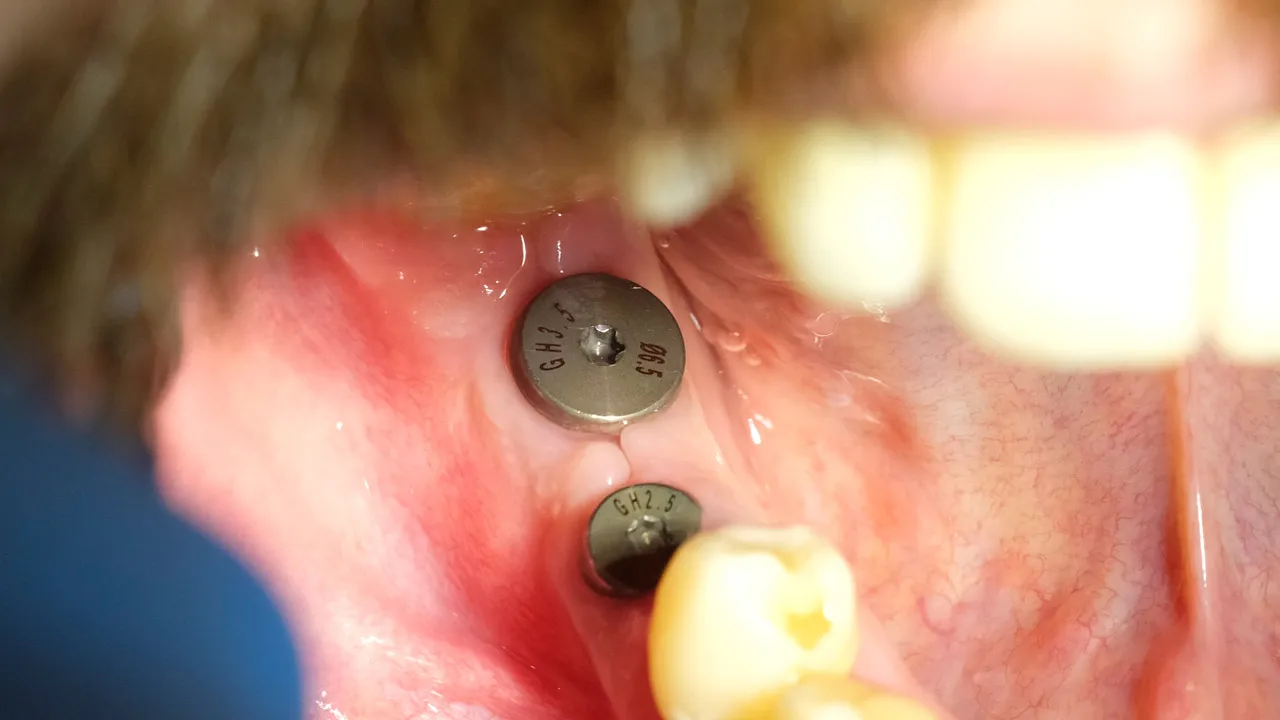
What are the Common Complications after Abutment Dental Implant?
An abutment dental implant has a number of potential adverse effects, though they are often uncommon. Infection, damage to the nerves, and bone loss are a few common consequences.
Bacteria penetrate the area around the implant site and cause an infection during or after the procedure. Therefore, it is really crucial to maintain appropriate oral hygiene in order to maintain the implant site sterile and free of microorganisms. The extent of the said infection and the root cause determines the appropriate course of treatment for the condition. Antibiotics, surgical drainage, and, in most extreme circumstances, implant removal are used as treatments.
There is a possibility that the implant injures a nerve if it is positioned too closely to one or if the surgery itself damages the nerve. Numbness, tingling, or other strange feelings in the chin, mouth, or tongue result from nerve injury. Nerve injury is often temporary and goes away on its own with time. However, these rarely become permanent. The implant must be properly put by a skilled dentist in order to lower the possibility of nerve damage. The dentist carefully arranges the implant placement using x-rays and other diagnostic methods, to avoid injuring any nerves. Physical therapy to assist restore sensation and mobility in the affected area, medication to help control pain or any other symptoms, and surgery to restore the damaged nerves are all used to treat the condition.
Another issue that arises from improper implant placement is bone loss, which eventually leads to the surrounding bone deterioration. Poor cleanliness too contributes to bone loss surrounding the implant just like bacteria build up that cause bone tissue to break down. It is really critical to follow the dentist's recommendations and maintain proper oral hygiene to actually prevent bone loss, following an abutment dental implant. It includes using mouthwash, cleaning and flossing the teeth frequently, and visiting the dentist regularly for checkups. Dental bone grafting, sinus lift surgery, platelet-rich plasma (PRP) treatment, or implant replacement are all used to treat bone loss.
What to avoid after having an Abutment Dental Implant?
Avoiding specific behaviors and activities after receiving an abutment dental implant is crucial in ensuring adequate healing and lowering the risk of problems. Things to avoid after dental implants, include:
- Smoking: Avoiding smoking after a dental implant with an abutment is crucial since smoking hinders the immune system and damages the healing process.
- Chewing hard or sticky foods: It is advised to refrain from eating tough or tenacious foods for the first few weeks following an abutment dental implant. It is one of the things to avoid after dental implants since these place too much pressure on the implant and perhaps cause it to fail.
- Vigorous exercise: Exercise that is strenuous is avoided for the first few days following placement of an abutment dental implant because it increases blood flow to the implant site and results in bleeding.
- Skipping follow-up appointments: It's important to show up to all follow-up meetings with the dentist to make sure the implant is recovering properly following an abutment dental implant.
- Neglecting oral hygiene: It's crucial to brush, floss, and use mouthwash consistently for the purpose of keeping the implant site clean and avoiding infection.
What does Healing Cap have to do after Abutment Dental Implant?
Abutment dental implant has a so-called abutment, that is a specific portion of the patient’s implant extending above the gum line. A healing cap, known as a cover or abutment cap, is a tiny device settled by the dentist on the upper area of the abutment. Healing cap shields implant site from contamination while it heals and keeps food and microorganisms from getting there.
Healing cap is normally settled in a few weeks succeeding to the implant surgery, until the gum tissue around the abutment has healed. Healing cap, at the same time, is taken away, and the dental implant is finished by placing a lasting bridge or even a crown at the very top of the abutment.
What does the Crown have to do with the Abutment Dental Implant?
Dental restoration, otherwise termed as dental crowns, is being utilized in covering as well as safeguarding the patient’s tooth or his/her dental implant. The implant is finished by placing a crown on the abutment’s top portion if dental implants have abutment. The crown is connected to the abutment using a specific adhesive and is created to mimic the form, size, and color of the nearby teeth.
A dental implant having an abutment has a crown that performs a lot of crucial tasks. It aids in preserving the implant and the adjacent gum tissue from additional harm and aids in regaining the appearance and functionality of the missing tooth. Ceramic, porcelain, and composite resin are just a few of the materials utilized to make crowns, which specifically are colored to blend in with the teeth’s natural shade.
What is the difference between Abutment and Direct to Implant?
Abutment, in relation to dental implants, is a tiny connector being utilized by the dentists in order to fasten dentures, crowns, or bridges into the client’s implant. The abutment, usually constructed of metal or ceramic, rises over the gum line. It serves as the basis for the restoration and is positioned on top surface of the client’s implant (crown, bridge, or dentures).
A dental implant type called “direct to implant” commonly referred to as a “single stage” implant, does not need an abutment. Both the implant and the crown are inserted during the same surgical process in a direct-to-implant surgery. An abutment is not required because the crown is bonded straight to the implant using a special adhesive.
Is Healing Cap necessary after Abutment Dental Implant?
Yes, utilizing a healing cap is advised by certain dentists in order to lower the possibility of infection or other issues. However, each situation is different. Few dentists do not consider it is needed for a variety of reasons. One of them is that the implant site is healing well without one. A healing cap is not essential in other circumstances because the gum tissue is resilient enough to bear chewing force and the danger of infection is minimal.
Is Osseointegration taking part in the process of healing before the Abutment Dental Implant?
Yes, osseointegration happens throughout the recovery period, prior to the abutment is attached to a dental implant. The term “osseointegration” describes the development of a strong, long-lasting bond between the implant and the neighboring bone tissue. It is key to the success of a dental implant because it offers the support which the implant needs to operate properly.
Osseointegration normally starts after implant insertion into the jawbone and healing of the surrounding tissue. The procedure entails the development of bone tissue all over the implant, which fuses with the implant to form a solid, durable attachment. It takes several months for a patient to complete the complicated process of osseointegration. It is crucial to adhere to the dentist’s recommendations and show up at all follow-up sessions to ensure that the implant is healing properly.
Is severe pain normal after Abutment Dental Implant?
No, severe pain is not normal after an abutment dental implant. Extreme pain is generally not accepted as normal although some minor swelling or discomfort is typical following the treatment. Call the dentist right away when significant discomfort happens. It is necessary to seek medical attention if the pain is brought on by an infection or another issue.
Is having Abutment Dental Implant painful?
Yes, there are some discomforts or pain due to the fact that it is a surgical treatment. However, the particulars of the treatment and the person's tolerance for pain determines how much pain and discomfort is experienced. It is advised, as a general rule, to take medications as directed by a dental practitioner to deal with any discomfort that arises following the surgery. Additionally, it is crucial to adhere to the post-procedure care instructions to promote healthy healing and lessen any pain or discomfort.





